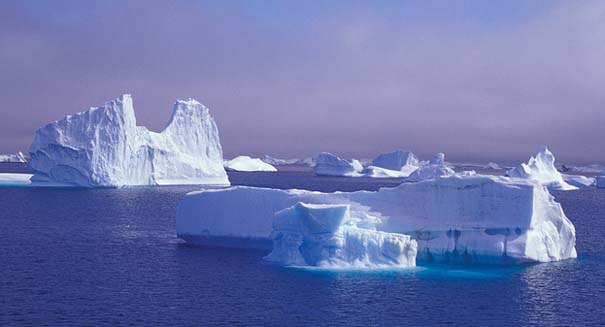
A century-old notebook was recently found in ice at Cape Evans, the last stop before Captain Scott’s fateful voyage to the South Pole.
A century-old notebook was recently found in ice at Cape Evans, the last stop before Captain Scott’s fateful voyage to the South Pole. The notebook belonged to George Murray Levick, a surgeon, zoologist and photographer on Scott’s 1910-1913 voyages.
Levick was not part of the five-man expedition led by Scott that reached the South Pole on Jan 17, 1912. The team—Scott, Wilson, Oates, Bowers and Evans—would not survive the 1,500 km journey back, however. According to BBC, Evans died in February and Oates, who was suffering from severe frostbite and knew he was holding back his companions, ventured off alone never to be seen again. The remaining three died of starvation and exposure on 29 Mar, only 20 km from a supply depot.
The team had already been beaten to the South Pole by a Norwegian team led by Roald Amundsen.
The notebook contained details of his photographs taken at Cape Adare of Levick and his fellow crew members. Levick, who died in 1956, is most famously known for his observations of the “depraved” sex lives of penguins, having observed penguin necrophilia.
The pages of the notebook were separated and digitized by the New Zealand-based Antarctic Heritage Trust before the book was put back together and sent to Antarctica, where the Antarctic Heritage Trust maintains 11,000 artifacts at Cape Evans. According to Live Science, conservationists recently developed century-old photo negatives left in Scott’s base by members of Ernest Shackleton’s last Antarctic expedition.
“It’s an exciting find,” Nigel Watson, executive director of the Antarctic Heritage Trust, said in a statement. “The notebook is a missing part of the official expedition record. After spending seven years conserving Scott’s last expedition building and collection, we are delighted to still be finding new artifacts.”
Leave a Reply